
RealNetworks, is offering free and immediate availability of SAFR™ for K-12, an AI and machine learning based facial recognition solution to help enhance safety in over 100,000 K-12 schools in the United States and Canada.
At no cost, and for the first time, K-12 schools can now confidently apply state-of-the-art facial recognition technology to better protect the school environment.
SAFR for K-12 can be downloaded by schools beginning today at www.realnetworks.com/safr/k12.
(Learn More. RealNetworks debuts facial recognition software for K-12 schools. Courtesy of Jul 16, 2018.)
SAFR currently supports Mac and iOS platforms, with Android and Windows versions scheduled for release this fall.
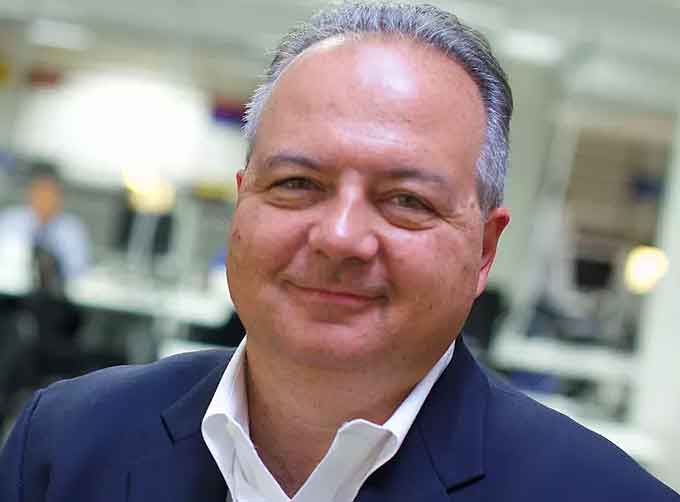
“School safety has become one of the top national issues in the United States in 2018,” said Rob Glaser, chairman and CEO of RealNetworks.
“We are proud to give our leading edge SAFR for K-12 technology solution to every elementary, middle, and high school in America and Canada.”
“We hope this will help make schools safer.”
SAFR utilizes existing IP-based cameras and readily available hardware to recognize staff, students, and visitors in real time to help improve school safety, while concurrently providing additional benefits that strengthen security, such as streamlining entry, record keeping, campus monitoring, and guest check-in.
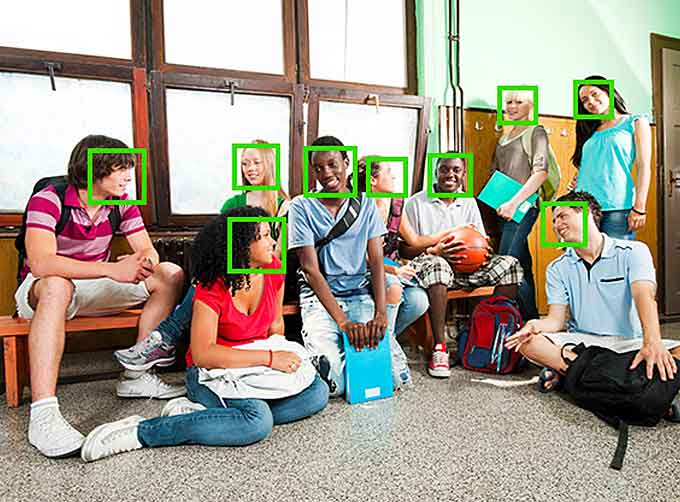
SAFR encrypts all facial data and images to ensure privacy, and all facial data and images remain exclusively within the school’s domain as part of, or complementary to an existing school ID system.
Safety is an increasingly serious concern for public, private, and charter schools.
Students, teachers, staff, and parents are also demanding thoughtful, creative solutions which contribute to keeping schools safer.
The opportunities to improve safety increase when the school year ends.
Summer provides a window for schools to review and update existing safety systems to ensure that everything is optimized and operational before the first day of school.
“Wyoming is unique in its commitment to working with new innovations and America’s leading technology companies,” said Wyoming Governor Matt Mead.
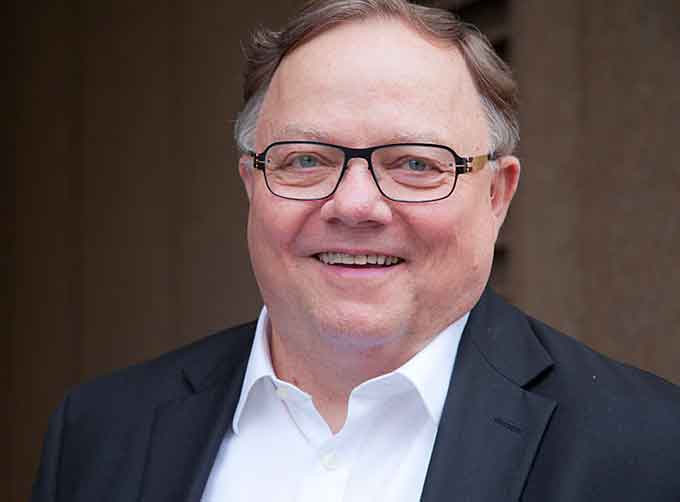
“Wyoming has a history of being at the forefront of technological evolutions,” added Tony Young, Wyoming Chief Information Officer.
“Whether it’s our investment in statewide high-speed broadband networks, IT infrastructure supporting our education facilities and state infrastructure, or our connected vehicles program.”
“More recently, our rapid iterations with the RealNetworks team have been exciting.”
“SAFR provides the opportunity to utilize existing camera systems to intelligently scale and achieve an accurate understanding of who’s entering a school campus.”
The broad availability of SAFR for K-12 follows a successful pilot program.
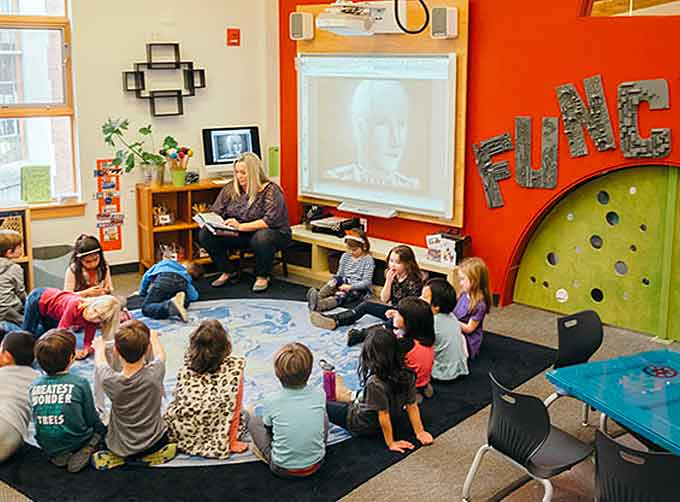
For example, University Child Development School (UCDS), an independent elementary school in Seattle, has been using SAFR for K-12 to grant gate access to the school using the registered faces of parents, guardians, and staff.
“SAFR immediately proved to be an enormously valuable asset, helping to ensure that our open, urban campus stays secure,” explained Paula Smith, head of school at University Child Development School.
“The facial recognition solution provides parents and staff faster campus and building access, freeing up staff so they can devote more time to student needs.”
SAFR for K-12 is available now for schools in the United States and Canada as a fully-featured and fully-functional recognition solution.
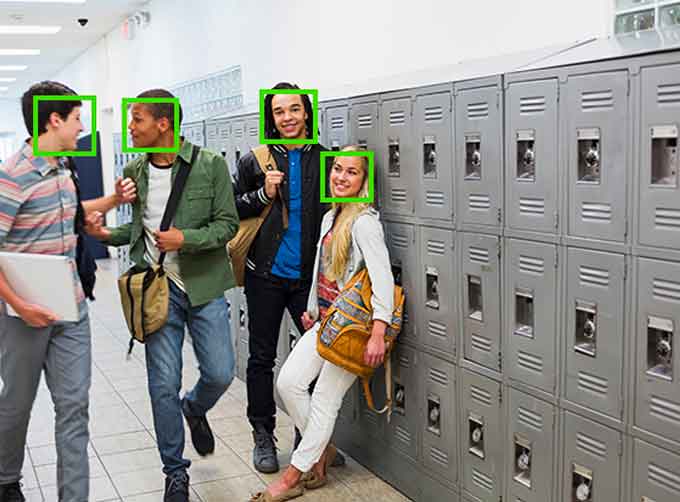
The software matches faces from IP-based cameras with existing school registration systems and supports existing entry and exit systems, including the delivery of instant alerts for unauthorized access.
SAFR helps schools to focus in real time, and better analyze potential risks, such as expelled students, substance dealers, and those who pose a threat both from within and outside the school.
It can also help prevent vandalism and theft, vigilantly providing valuable information through area monitoring.

SAFR has been designed to scale with high performance and fast processing time, even in rural areas with very low bandwidth.
SAFR is adaptable, extensible, and cost efficiently meets the rapidly evolving situational demands of school safety.
SAFR supports an unlimited number of cameras and detects multiple faces in each camera feed.
Each face can be analyzed and rapidly matched to a database of enrolled faces.
SAFR supports numerous secure access use cases where facial recognition can replace the use of an ID badge, securely automate entry to facilities, trigger notifications, and log events for analytics.
SAFR works with off-the-shelf IP cameras and runs on mobile devices and readily available computers.

Delivering best-in-class facial recognition, SAFR leverages the latest machine learning and AI techniques to detect and differentiate individuals in complex surroundings, and is continuously improving and expanding in real-world environments.
Whether people are walking, running, or being partially blocked, SAFR recognizes faces with proven 99.8 percent accuracy for Labeled Faces in the Wild (LFW), based on the University of Massachusetts benchmark.
Additionally, the June results of RealNetworks’ first submission to the National Institute of Standards and Technology (NIST), ranked SAFR’s recognition algorithm for “Wild Faces” False Non-Match Rate (FNMR), placing it as one of the world’s top recognition algorithms.
NIST is the premier measurement standards laboratory for the United States.


















